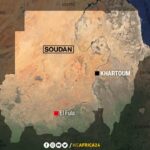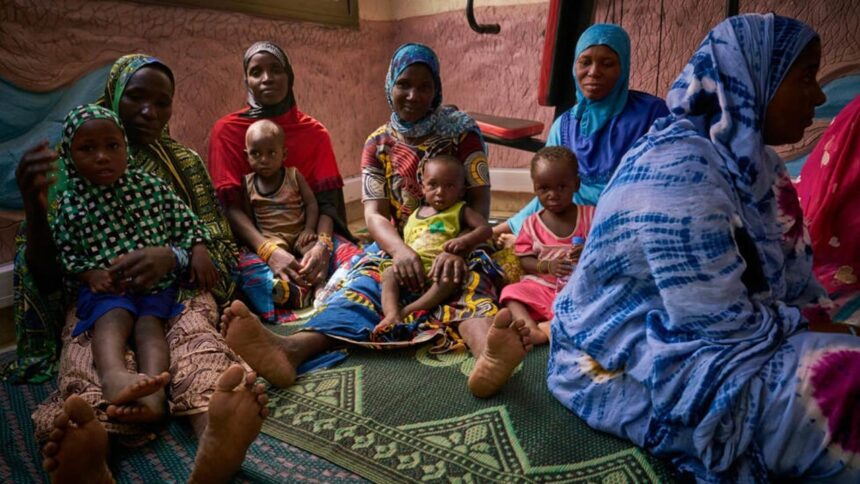In Gao, northern Mali, the newly established Naata City is now welcoming its first displaced persons and refugees. Officially inaugurated on Friday, June 7th, this site, built by the United Nations High Commissioner for Refugees (UNHCR), has been under construction for the past year and a half in Djebock, on the outskirts of Gao.
The project offers a sustainable solution for individuals who have been forced to flee their homes due to security threats, violence from jihadists affiliated with al-Qaeda or the Islamic State, or military actions. Unfortunately, the prospects for their return home remain bleak in the short term.
Naata City, whose name means “hope” in the Songhai language, is a significant undertaking, although it cannot accommodate the entire population of displaced individuals. The UNHCR has reported that there are currently between 70,000 to 80,000 internally displaced persons and 30,000 refugees in Gao. These individuals primarily originate from northern Mali, Niger, and Burkina Faso.
The city has planned 226 housing units, each designed to accommodate families of up to eight members. Over the past decade, the population of Gao has more than doubled due to this massive influx, a situation that has intensified over the past two years with the increasing security threats. According to the UNHCR’s Mali office, led by Mohamed Askia Touré, “The internal displacement that we thought was temporary is now becoming more long-term. Therefore, Naata City is a response. We have created a form of resilience for these populations by providing health centers, a maternity clinic, and two to three hectares for agricultural activities that will generate income for these communities.”
The original residents of Gao also have access to these new facilities. Leilata Yssoufou, a Burkinabe woman who arrived in Gao three years ago with eleven children (her own and her brother’s orphans), recently received the keys to her new home in Naata City. “We are well settled. There is a bedroom, a living room, and a bathroom in front of the house. There is also space to sleep outside at night. We have water and there is a school. We are comfortable here. It is a great relief for us,” she shared.
The development of Naata City cost two million dollars, entirely funded by the United Nations and other international partners. The UNHCR is currently seeking additional funds to launch similar projects in Ménaka, Timbuktu, and Mopti.
Naata City stands as a testament to the resilience and hope of displaced populations, providing not just shelter, but a sense of stability and community in a region fraught with insecurity.







